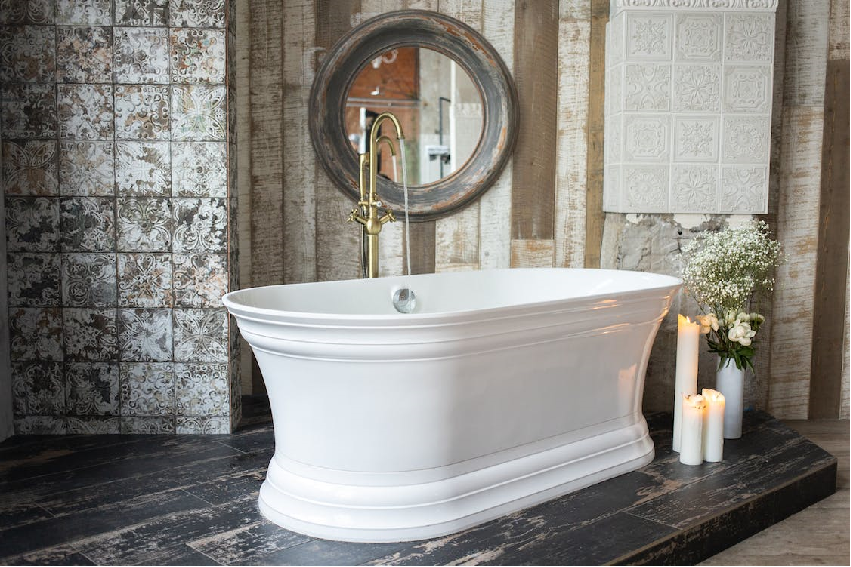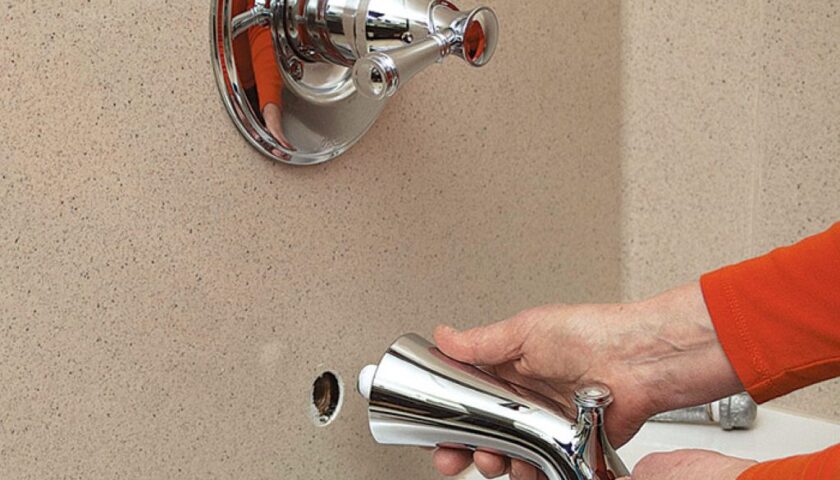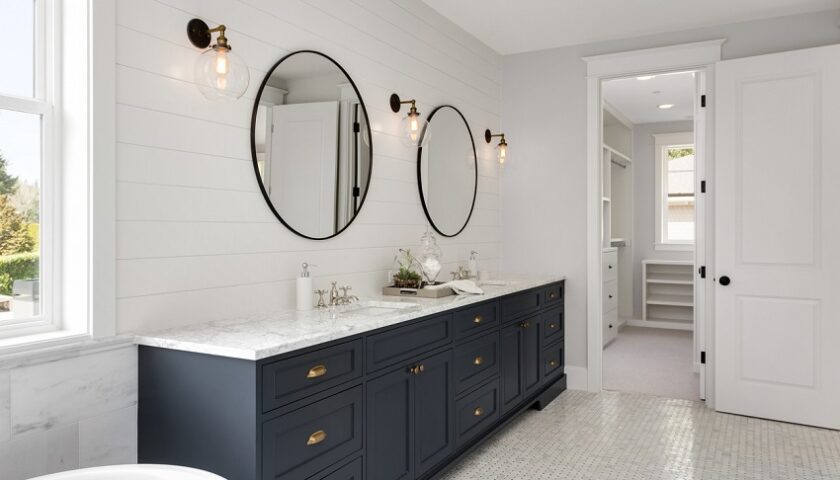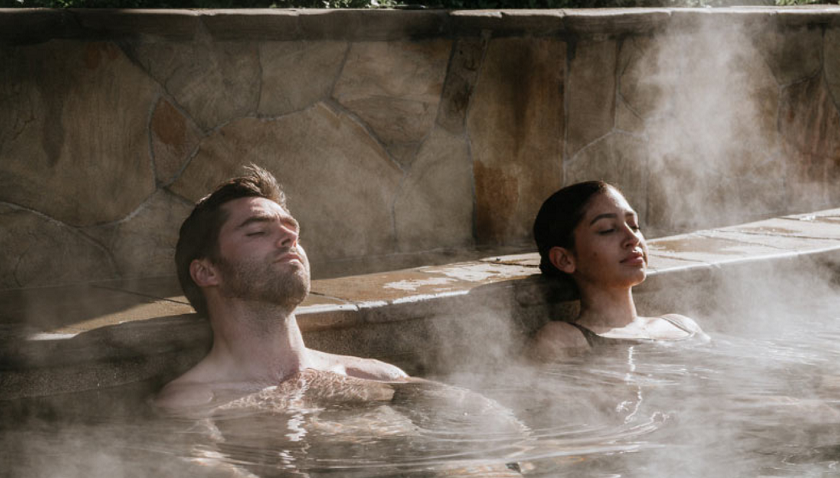If you are a regular reader of our blog, you would probably have guessed that we take immense pride in the upkeep of our bathtub. Being the primary bathtub of the home, it deserves the utmost care and attention. That is why we always make sure to keep it clean and dry. In this blog, we will tell you everything you need to know about vintage tub and bath: the types of materials used, cleaning and maintenance methods, and of course, some tips and tricks that will make the job easier for you. So without further ado, let’s begin!
What is a vintage tub and bath?
Vintage tubs and baths are made of durable materials like cast iron, porcelain, and tile. These tubs are often difficult to clean and maintain because of the materials used. Most vintage tubs and baths require special cleaning methods to keep them looking their best. Some of these methods include using warm water, mild soap, and a sponge or soft cloth to clean the tub.
Vintage tubs and baths can be restored to their former glory using the expertise of a professional cleaner. This is a good way for owners of vintage bathtubs to keep them looking as great as the day they were purchased.
Overall, vintage bathtub cleaning is an important part of maintaining these bathtubs and making them look their best. Keep reading: Small Bathrooms: take advantage of every last centimeter
Types of materials used in vintage tub and bath
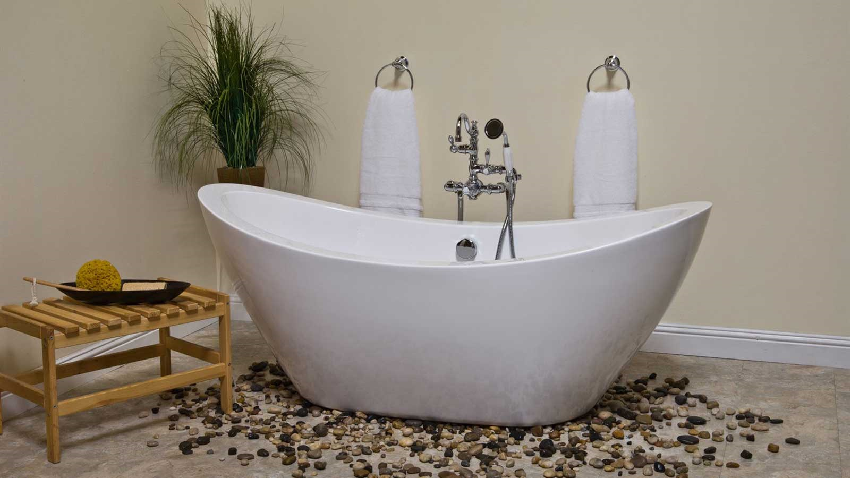
You can use baking soda, white vinegar, lye, scrubbing bubbles, or glass cleaner to clean and maintain a vintage tub and bath. Each of these cleaning materials has its own advantages and disadvantages, so you should use the one that best fits your needs.
Baking soda is effective as a cleaning agent for stains on porcelain and enamel surfaces. However, it doesn’t effectively remove soap scum or mineral deposits. White vinegar is good at cleaning grime from enamel, but it can be harsh on some surfaces, such as natural stone.
Lye is an effective cleaner for hard water stains on porcelain and enamel surfaces. However, it’s caustic, so it shouldn’t be used on soft items such as clothes. Scrubbing bubbles are good at cleaning enamel stains but can be harmful to delicate surfaces like natural stone.
Steps for cleaning and maintaining a vintage tub and bath
To clean and maintain vintage tubs and baths, follow the steps below.
- First, remove all dirt, dust, and debris with a vacuum cleaner.
- Using a mild soap, clean the bathtub and surrounding areas.
- Rinse the surfaces well with fresh water and dry them off.
- Apply a protective coating to the bathtub and tiles every few years. This will prevent stains and watermarks from forming.
- Check the seals around the tub and faucet for wear and tear. If they are damaged, replace them with new ones to ensure water doesn’t leak out of the tub or faucet.
What products to use to clean and maintain a vintage tub and bath
In terms of cleaning and maintaining a vintage tub and bath, the best way to clean it is with mild soap or cleaner. This will help remove any stains or grime from the surface of the bath. After cleaning the tub, rinse it with clear water to remove any residue. If you’d like to sanitize the surfaces of the tub, use a disinfectant cleaner. This will kill bacteria and leave the bathtub cleaner and healthier for use. Finally, dry the surfaces of the tub with a soft cloth or towel to keep its surface clean and looking good.
You can also store your vintage tub and bath in a dry, clean location to preserve its appearance and reduce the risk of stains or water damage.
Tips for cleaning and maintaining a vintage tub and bath
To clean and maintain a vintage tub and bath, use mild detergent and warm water to scrub the tub and the bath. Using cleaning products with harsh chemicals can damage the vinyl, enamel, or porcelain of the tub and bath, causing stains and abrasions.
Avoid using abrasive cleaners, such as brushes or scouring pads, as they can damage the surface of the tub and bath. Instead, use a sponge or cloth to gently clean the surface of the tub and bath.
After cleaning the tub and bath with a mild soap or detergent, rinse them thoroughly to remove all traces of soap. Use a damp cloth to wipe dry the surface of the tub and bath. Finally, store your vintage tub and bath in a dry, warm place to prevent it from rusting or developing stains over time.
Things to keep in mind while cleaning and maintaining a vintage tub and bath
When cleaning and maintaining a vintage tub, it is important to follow the basic cleaning and maintenance practices of the tub. With that said, always use mild soap and water when cleaning a vintage tub. Additionally, use a toothbrush to clean the crevices and corners of the tub. This will ensure that the tub is free of stains and debris. Also, use a bucket to catch water and debris while cleaning the tub. This will ensure that the surface of the tub is free of any water or stains. Finally, use a cloth to dry the tub after cleaning it. This will help prevent water stains on the surface of the tub.
Avoid using harsh chemicals or abrasives when cleaning a vintage tub. As with any other piece of equipment, you should use cleaners that are safe for your tub and bath.
Conclusion
To ensure the longevity of your vintage bathtub, you can use baking soda or vinegar to clean it. These work well to remove stains and soap scum, and they’re easy on the environment. You can also try vinegar and water, which is easy on your skin but abrasive on the tub. Other than regular cleaning with warm water and mild dish soap, here are a few other tips that work well.

